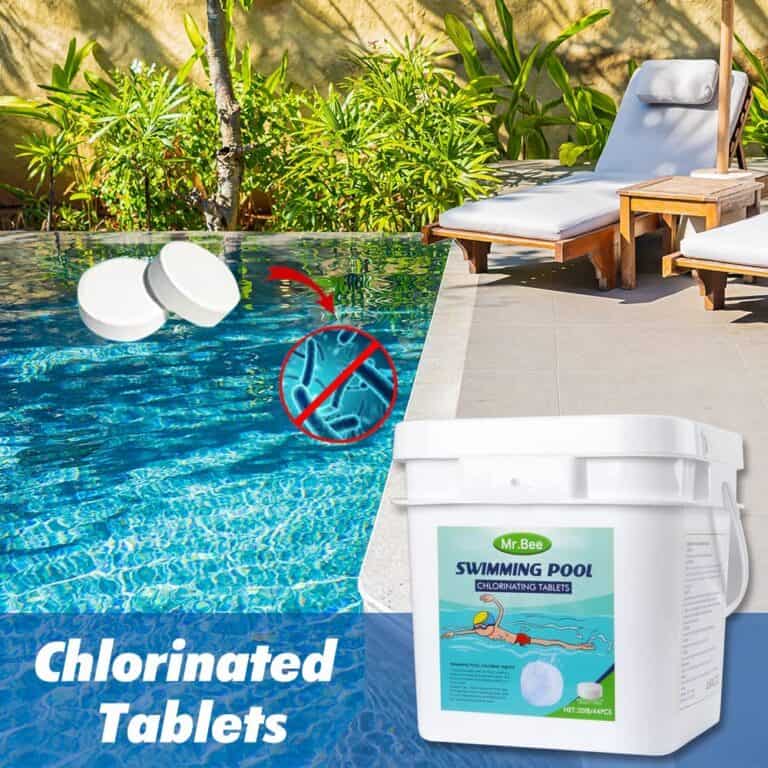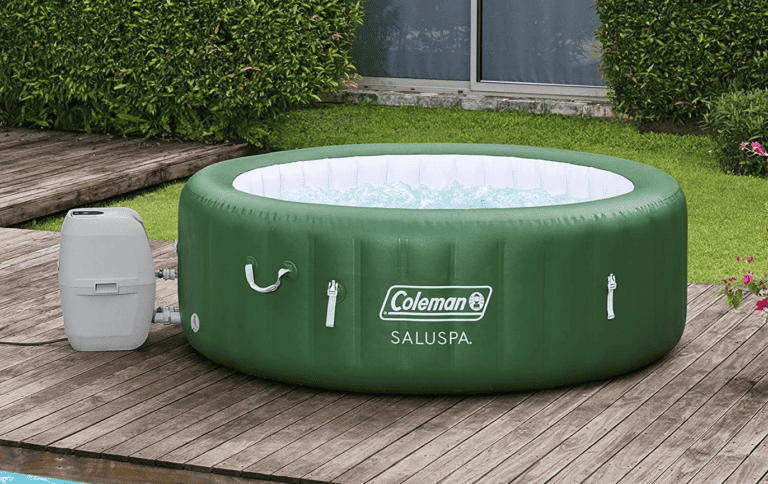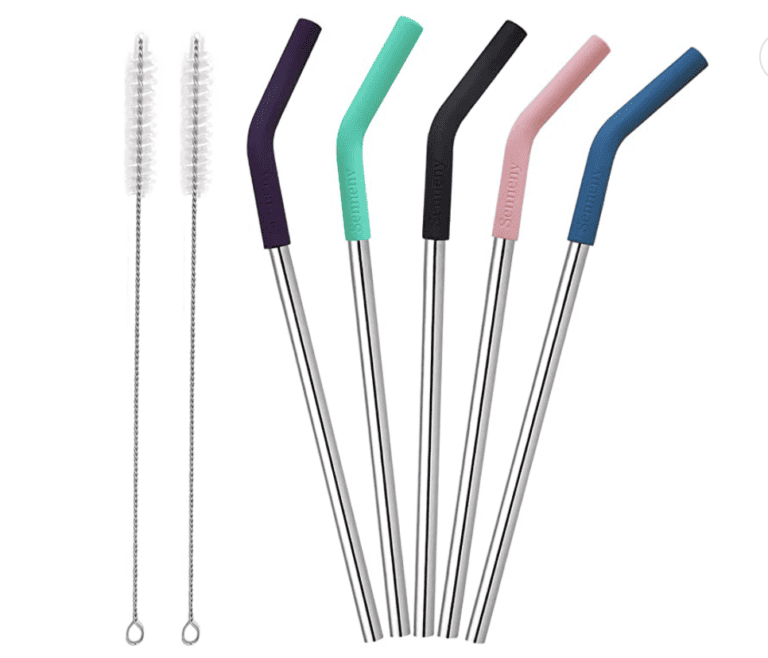Can I Recycle, Reuse, Reduce: Beyond the Basics of the 3 R’s
Hey there! Today, talk about Can I Recycle and the 3 R’s – Recycle, Reuse, and Reduce – and how they play a crucial role in sustainable living. These concepts are the cornerstones of an eco-friendly lifestyle, but there’s more to them than meets the eye. So, let’s dive a bit deeper, shall we?
Can I Recycle? Understanding the 3 R’s
Each of the 3 R’s represents an essential action we can take to lessen our environmental impact. Reducing is about reducing what we consume and the waste we produce. Reuse means finding new ways to use things that otherwise would be thrown away. Recycling, on the other hand, is about transforming waste into something new.
Now, many people often think the 3 R’s are interchangeable. But in truth, they are a hierarchy, a preferential order: it’s best to reduce first, reuse, and recycle last. Got that? Great! Let’s dig deeper.
Going Beyond Recycling
Recycling gets a lot of attention, but it has its limitations. For one, not all materials are recyclable. Plus, recycling can be energy-intensive, bringing us to the importance of reducing and reusing.
Reducing and reusing have a more significant impact on sustainability than recycling. Statistics show that recycling reduces carbon emissions by just over 10 percent while reducing and reusing can lessen them by over 20 percent! Quite a difference, right?
The Art of Reducing
Reducing is all about curbing our consumption and minimizing the waste we generate. It can be as simple as buying bulk food to minimize packaging or turning off the lights when leaving a room.
Reducing not only lightens your environmental footprint but also lightens your living expenses. It’s a win-win!
Ever heard about minimalism? It’s all about living with less and perfectly extends the reduction principle. Focusing on what we genuinely need can reduce our waste significantly and help us live a more focused, intentional life.
The Power of Reuse
Next up is reuse, the second R. There are endless ways to reuse items in creative and beneficial ways. The endless opportunities range from upcycling a ladder into a bookshelf to turning old t-shirts into reusable grocery bags.
And the benefits of reusing extend beyond just reducing waste. It also can help us save money and resources. For instance, reusing an item instead of buying a new one can help you cut costs while preventing the energy and resources needed to manufacture a new product.
There are tons of inspiring stories out there about successful reuse initiatives. One that comes to mind is a community initiative that transformed discarded electronics into learning tools for underprivileged schools.
Incorporating the 3 R’s in Everyday Life
Adopting the 3 R’s into our daily lives is easier than you might think. It could be as simple as carrying a reusable water bottle or composting your kitchen scraps.
Remember, it’s all about creating sustainable habits. Start small; before you know it, these practices will become a natural part of your sustainable lifestyle.
Community Initiatives and the 3 R’s
Many community initiatives embody the principles of the 3 R’s, from local swap meets to community gardens. Participating in these programs can make implementing the 3 R’s more manageable and enjoyable.
And remember, collective action is essential. Together, our small actions can lead to significant sustainability gains. So, why not gather a group of friends and start a local clean-up or a recycling program?
Recycling, by definition, is the process of converting waste materials into reusable objects or substances. It is a crucial aspect of waste management and contributes significantly to conserving natural resources.
If you’re starting, you might wonder, “How to recycle at home?” The first step is to understand what to recycle. Generally, paper, plastic, glass, and metal are recyclable. However, each community may have different rules regarding what materials they accept, so checking your local recycling guidelines is essential.
Here are ten ways to recycling at home:
- Use a separate recycling bin for recyclable waste.
- Flatten cardboard boxes to save space.
- Rinse containers to remove food and drink residues before recycling.
- Do not bag recyclables; leave them loose in the bin.
- Break down more oversized items into smaller, manageable pieces.
- Remove lids from bottles and jars.
- Make sure you are recycling electronics properly. Many electronics stores have recycling programs.
- Compost organic waste like vegetable peels and coffee grounds.
- Donate or sell items still in good condition, such as clothes or furniture.
- Educate family members on proper recycling practices.
These recycling tips can make the process smoother and more effective. Understanding that not everything can go into your recycling bin is also essential. Some items must be dropped off at specialized recycling drop-off locations. This includes hazardous waste, certain types of plastic, and electronic waste.
Moreover, it’s crucial to be aware of common recycling mistakes. One such mistake is “wish-cycling,” which is when non-recyclable items are put into the recycling bin in the hope that they can be recycled. This can cause issues at recycling facilities and can contaminate batches of recycling. Another mistake is not cleaning containers properly, which can lead to contamination.
Solid waste recycling is another important consideration. Solid waste is any garbage, refuse, sludge, or other discarded material. It’s important to separate recyclable materials from your solid waste. This might include paper, plastic, metal, and glass, while food waste, certain types of plastic, and other non-recyclables should be disposed of properly.
In conclusion, recycling at home is a straightforward process, but it requires diligence and awareness. By following these guidelines and understanding what to recycle, we can all contribute to reducing waste, conserving natural resources, and protecting our environment for future generations.
Conclusion
So, there we have it – the 3 R’s are not just about recycling, but also reducing and reusing. It’s about living more intentionally, creating less waste, and finding creative ways to extend the life of our items. Remember, the order matters: reduce, reuse, and then recycling.
Start today! Try incorporating one new reduce, reuse, or recycling habit into your weekly routine, and you’ll be surprised at how quickly you can shift towards a more sustainable lifestyle. And, of course, feel free to share your journey! Comment below with your experiences or ideas – we’re all here to learn from each other.
Recycle bins are containers that hold recyclables until they are taken to recycling centers. These bins often have specific colors or markings to indicate what type of materials they’re intended for. For example, blue bins are commonly used for paper and cardboard, while green bins might be used for glass and yellow bins for plastics and metals. This can vary based on the local recycling programs and guidelines.
Bins can be found in various sizes and designs, from small office bins to large curbside containers for residential waste collection. Some bins also have separate compartments for different types of materials to make sorting easier.
Using bins correctly can help reduce the amount of waste that ends up in landfills, and it helps conserve natural resources by allowing materials to be reused.
Please remember that not all items can be recycled; what can be recycled may vary by region. Always check with your local waste management or recycling center to learn about their specific guidelines for recycling.
Frequently Asked Questions
Q: Why is reducing preferred over recycling?
A: Reducing is about preventing waste before it happens, which is more efficient than dealing with waste after it’s created. Moreover, recycling can be energy-intensive, and not all materials are recyclable.
Q: How can I incorporate the 3 R’s into my life?
A: Start with small changes, like using a reusable water bottle, shopping with reusable bags, and choosing products with less packaging. Over time, these small changes will become habits.
Q: What are some examples of reusing?
A: Reusing can be as simple as using a glass jar to store leftovers, upcycling old furniture, or using a t-shirt to create a reusable shopping bag. The possibilities are endless.
Q: Can I make a difference by implementing the 3 R’s?
A: Absolutely! Your efforts can significantly impact you, especially when they inspire others to do the same. Remember, collective action can lead to impressive sustainability gains.
Here’s to a more sustainable future for all of us! Remember to reduce, reuse, and recycle; let’s make the world greener!
Resources
https://en.wikipedia.org/wiki/Recycling
We’re reader-supported. We may earn an affiliate commission when you buy through links on our site.





